The tooth fairy is a welcome guest for any child who has lost a tooth. Not only will the fairy leave a small gift under the child’s pillow, but they be assured of a replacement tooth in a few months. Unfortunately, the scenario is quite different for adults grappling with a loss of teeth. Luckily, there may be some hope thanks to a new study performed by scientists at Kyoto University and the University of Fukui.
A dental breakthrough
While the typical adult mouth houses 32 teeth, approximately 1% of the population exhibits variations of them, either possessing more or fewer teeth due to congenital conditions. Researchers have delved into the genetic factors behind cases of excessive teeth, seeking valuable insights into the potential regeneration of teeth in adults. This study is the first to show that monoclonal antibodies can help regrow teeth. It suggests a new way to treat a dental problem that currently requires implants and other artificial solutions.
A bit of science
The research team disclosed that an antibody targeting a specific gene, known as uterine sensitization-associated gene-1 (USAG-1), can induce tooth development in mice affected by tooth agenesis, a congenital condition. The findings were published in the journal, Science Advances.
As per Katsu Takahashi, a senior lecturer at the Kyoto University Graduate School of Medicine and one of the principal contributors to the study, the essential molecules crucial for the development of teeth have already been pinpointed. “The morphogenesis of individual teeth depends on the interactions of several molecules including BMP, or bone morphogenetic protein, and Wnt signaling,” says Takahashi.
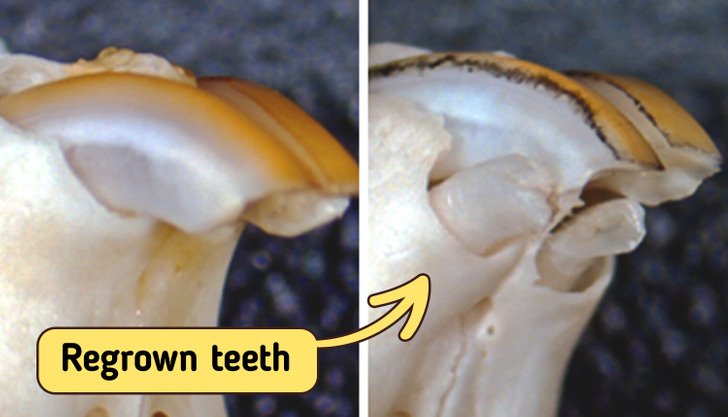
On April 13, 2021, the University of Kyoto posted its first pic of newly-grown teeth in mice.
BMP and Wnt are involved in more than just tooth development; they affect the growth of organs and tissues early in the body’s development. Because drugs affecting them directly might have broad side effects, scientists are cautious. To find a potentially safer method, researchers focused on the gene USAG-1, thinking that aiming at factors countering BMP and Wnt specifically in tooth development could be more precise.
“We knew that suppressing USAG-1 benefits tooth growth. What we did not know was whether it would be enough,” added Takahashi.
The first results
Scientists looked at how different monoclonal antibodies affect USAG-1. Monoclonal antibodies are often used to treat things like cancer and arthritis and for making vaccines. Tests with this antibody showed that BMP signaling is crucial for deciding the number of teeth in mice. Also, just one treatment was enough to grow a whole tooth. Further tests confirmed these positive results in ferrets too.
“Ferrets are diphyodont animals with similar dental patterns to humans. Our next plan is to test the antibodies on other animals, such as pigs and dogs,” explained Takahashi.
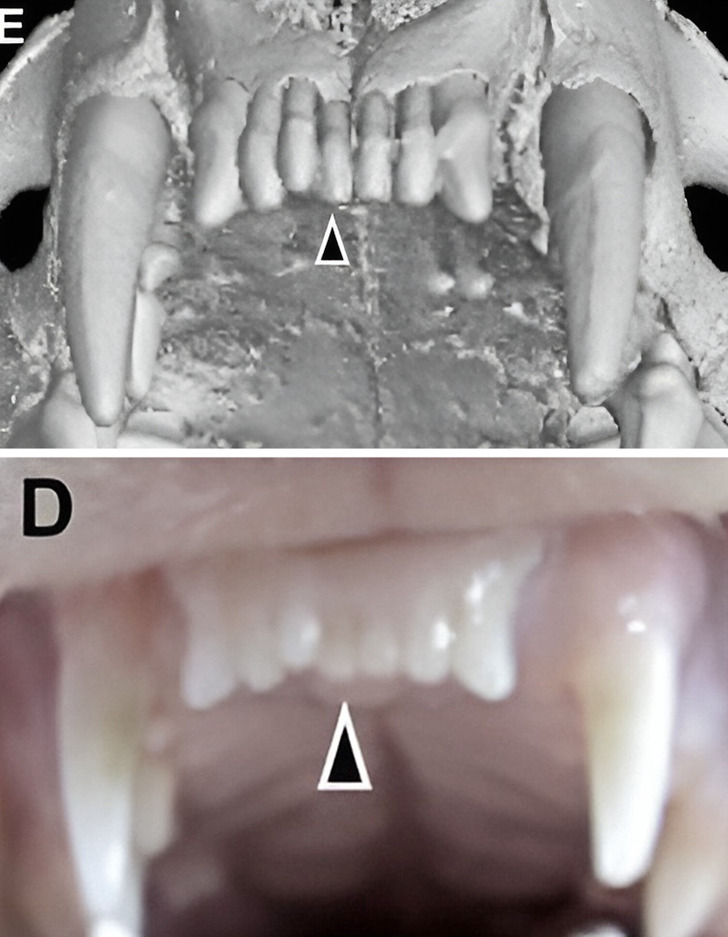
Fully regrown frontal teeth in ferrets
The next steps
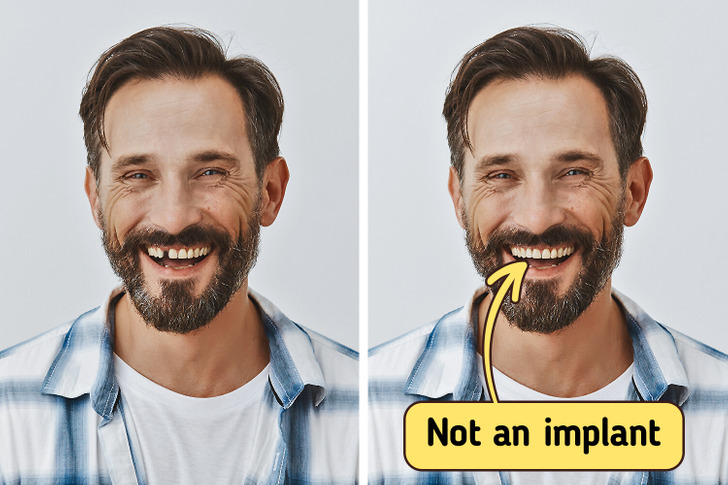
Now, scientists are going to test the drug on healthy adults. If that goes well, the team plans to try it on kids aged 2 to 6 with a rare tooth problem called anodontia, a genetic disorder defined as the absence of all teeth. These kids will get one shot of the drug to see if it makes their teeth grow. If everything works out, the medicine might be approved by 2030.
Takahashi sees the new medicine as an additional choice for individuals who are missing some or all of their teeth.
“The idea of growing new teeth is every dentist’s dream,” Takahashi told the Japanese newspaper, The Mainichi in June this year. “I’ve been working on this since I was a graduate student. I was confident I’d be able to make it happen.”
So hopefully, by the year 2030, humans will get a chance to have their third generation of teeth grown and say goodbye to implants. Until then, make sure to keep your teeth strong and healthy — this article will help you with that.
Preview photo credit KyotoU_News / Twitter
Quick and Irresistible Beets and Garlic Bites: A Recipe for Everyone

This meal with beets and garlic is a great option if you’re looking for something quick and easily digestible! These savory nibbles are not only very simple to make, but they taste amazing as well. They are sure to become a favorite whether served as a snack or a side dish. So let’s get started on this easy and delicious dish!

Ingredients: 3 beets, medium-sized
two minced garlic cloves
Two tsp olive oil
One-third cup of balsamic vinegar
To taste, add salt and pepper.
For garnish, use fresh parsley (optional).
Guidelines
1. Get the beets ready:Cut and Peel: First, peel the beets. Cut them into little cubes or thin rounds, depending on your choice.
2. Put Beets in Season:Combine the ingredients: Olive oil, balsamic vinegar, minced garlic, salt, and pepper should all be combined in a big basin. Slices or cubes of beets should be added to the basin and mixed until thoroughly coated.
3. Prepare the Beets:Warm up the oven: Set oven temperature to 400°F, or 200°C.Bake: Spread out the beets on a parchment paper-lined baking sheet in a single layer. Bake, rotating them halfway through, for 20 to 25 minutes, or until they are soft and beginning to crisp up around the edges.
4. Present and Savor:Finishing Touch: After the beets are cooked, move them to a platter. If desired, garnish with fresh parsley.Serve: It’s best to serve these garlicky and beet nibbles warm. They make a delicious snack, side dish, or even appetizer.
Advice for the Best Outcomes
Equal Pieces: Make sure the beet slices or cubes are the same size to guarantee even cooking.
Taste Boost: Before baking, sprinkle your preferred herbs, such as rosemary or thyme, on top for an additional flavorful explosion.
Crispy Edges: You can use the broiler for the final two to three minutes of baking to get even more crispiness. Observe them closely to avoid burning them.
Advantages for Health
Rich in Nutrients: Rich in vitamins, minerals, and antioxidants, beets promote general health.
Low in Calories: This dish is a good option because it is flavorful and low in calories.
Digestive Health: Beet fiber helps keep the intestines healthy and encourages proper digestion.
In summary
These bite-sized morsels of garlic and beets are so delicious that they will quickly disappear from your table. They are a veritable explosion of flavor and nutrients thanks to their delicious, rich flavor and pleasing texture. This recipe is quick and simple to prepare, making it ideal for any gathering. Try them and enjoy the flavor of garlic and beets in every bite. Have fun in the kitchen!
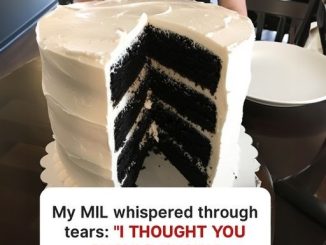

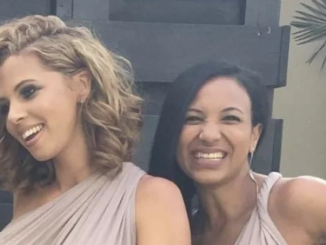
Leave a Reply